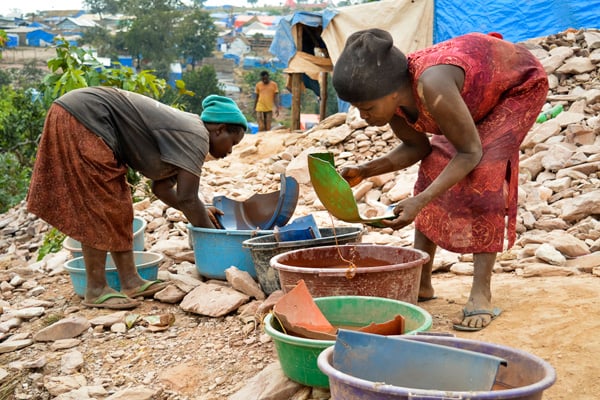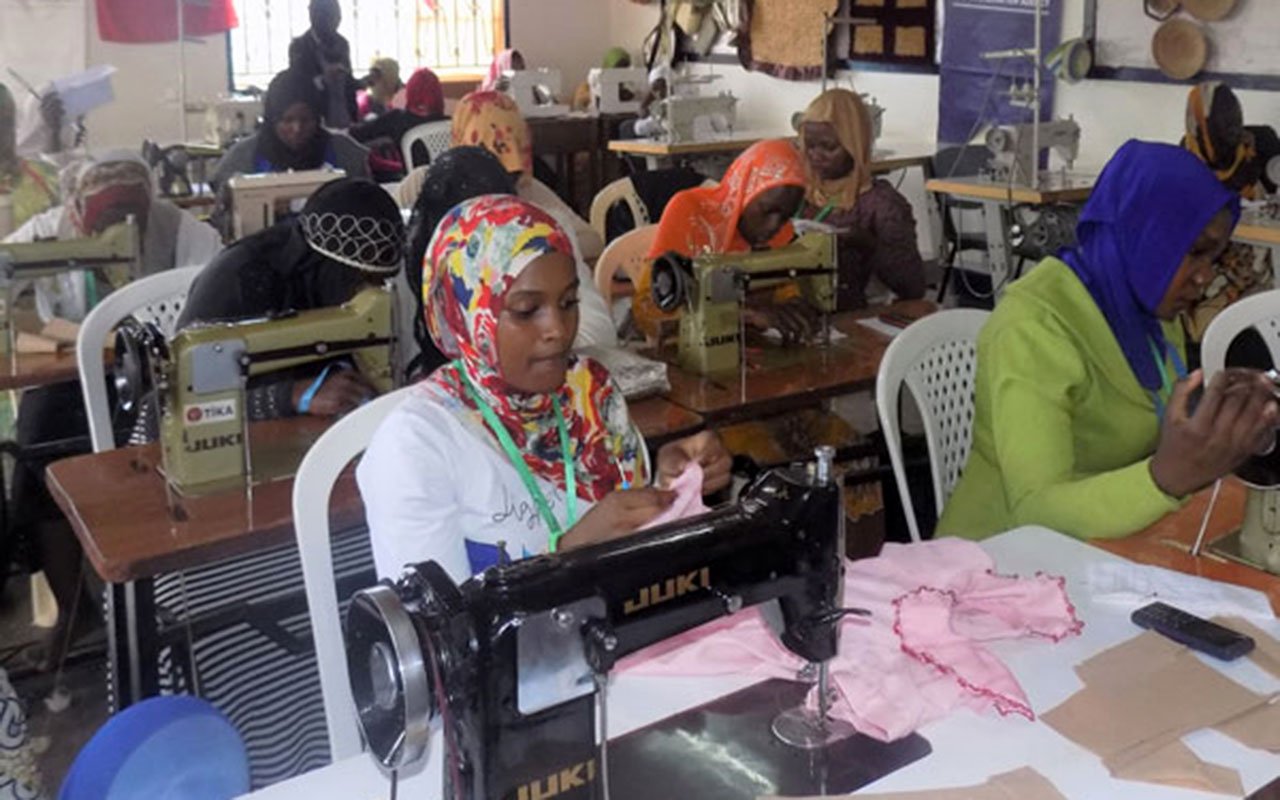Artisanal gold miners directed to use mercury-free technologies

Potential: The mining sub-sector has the potential to generate at Shs70.2b annually. FILE PHOTO
What you need to know:
- Nyamutoro refuted claims that the government seeks to undermine artisanal miners, stating, “there’s a misconception that the government doesn't want artisanal miners to thrive."
The State minister for Mineral Development, Ms Phiona Nymutoro, has directed that all artisanal and small-scale gold mining (ASGM) activities in Uganda be upgraded to new technologies that are mercury-free to ensure the protection of both human health and the environment.
Speaking during the seconnd annual ASGM stakeholders meeting last Friday in Kampala, Ms Nyamutoro said this would help boost the mineral sector, following the passing of the Mining and Minerals Act 2022 that is meant to align Uganda’s legislative framework with global trends, foster growth of the sector and increase its contribution to the national economy.
The commodity (gold) holds great livelihood significance as an important source of income and employment for miners and their dependents. Artisanal and small-scale mining accounts for more than 90 percent of the country's gold production and 73 percent of this is produced artisanally.
Ms Nyamutoro noted that, unfortunately, the majority of ASGM miners are processing very small quantities of gold, which is less than a gram, and that the use of mercury to extract gold is very common, a practice which is prohibited under the new regulations.
Figures from the Uganda Bureau of Statistics (Ubos) indicate that in the Financial Year 2022/2023, mining contributed 2.2 percent to the gross domestic product (GDP) and according to the Uganda National Chamber of Mines and Petroleum, if integrated into the national economy, the artisanal mining sector could contribute an additional 1.3 percent to GDP to make 3.5 percent.
Ms Nyamutoro said given the great potential of the sector, the government, through the Energy ministry, National Environment Management Authority (NEMA), and partners like planetGOLD Uganda are now focusing on attracting investment and improving regulatory frameworks to encourage sustainable mining practices.
“The mercury is not good for your health. There are health hazards associated with it continued use in the process of extraction of gold so as a government we cannot sit back and simply watch this happening! It has to stop,” she said.
Ms Nyamutoro said she has traversed all the districts, including Buhweju, Amudat, Moroto, Busia, Namayingo, Kassanda, and Kisoro where gold is being mined, and found out that artisanal miners have continued to endanger their lives by extensively using mercury to extract and process the mineral.
“The Busia team is saving the environment by using alternative technologies but I still have issues with them because there are those that are widely using mercury for processing their gold,” she said.
The annual stakeholders’ meeting was convened by planetGOLD Uganda, a five-year project executed by IMPACT in partnership with the Ministry of Energy’s Department of Mines and NEMA with support from the United Nations Environment Programme (UNEP) and Global Environment Facility (GEF) and is currently implemented in 23 countries including Uganda.
In Uganda, the programme is spearheaded by planetGOLD Uganda and the project manager, Ms Lynn Gitu, explained to Daily Monitor that there are about 60,000 ASGM miners who often use mercury to extract gold from ore or sediments. The resulting mixture of mercury and gold, known as amalgam, is heated to vaporise the toxic mercury and leave the gold behind.
“This is a five-year project, we aim to support 4,500 men and women at eleven mine sites in the country, reducing mercury use by 15 tonnes over the five years by supporting formalisation of the artisanal gold mining sector and increasing access to finance,” she said.
Asked about how artisanal and small-scale gold miners can get funds to acquire the technologies, which she admitted are really expensive, Ms Gitu said the story of Bank of Uganda’s plans to begin buying the gold locally for foreign reserve published in Daily Monitor in July 2024 has attracted the interest from the financial institution to provide credit to the ASGMs in the country.
“These financial institutions include Uganda Development Bank, Stanbic Bank Uganda, Equity Bank, Centenary Bank Uganda... that have expressed willingness to lend to ASGM in the country,” she explained.
While emphasising the theme for the 2024 stakeholders’ meeting; ‘From Mines to Markets; Strengthening Artisanal and Small scale Gold Mining through Cooperative Networks’, Ms Gitu also advised artisanal miners to form cooperatives for stronger bargaining power.
The UNEP has so far produced four reports about the use of mercury in gold mining. It explains that the Global Mercury Assessment 2018 is the fourth such assessment undertaken by UNEP, following earlier reports in 2002, 2008, and 2013.
Mr Inaki Rodriguez Lazaro, the UNEP programme manager in Uganda, said: “The UNEP tries to help in the regulatory platform to regulate the sector, it helps in supporting them to access finance and promoting safe technologies among others.”




